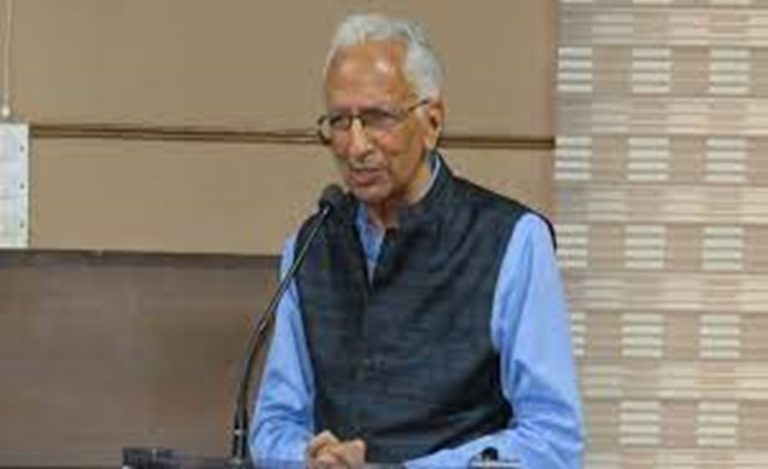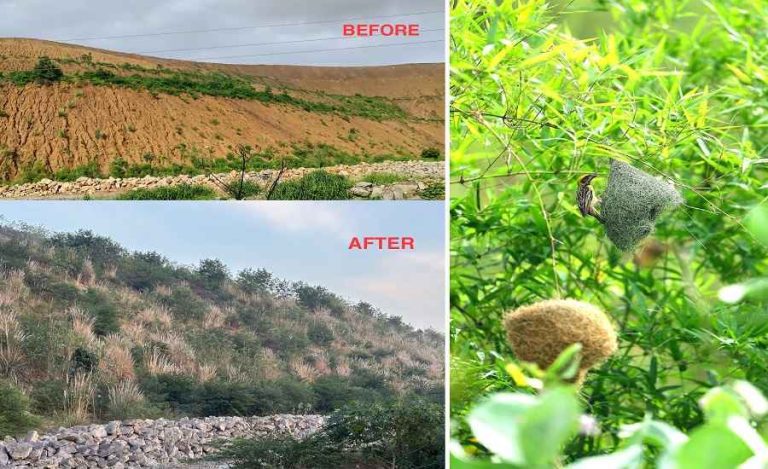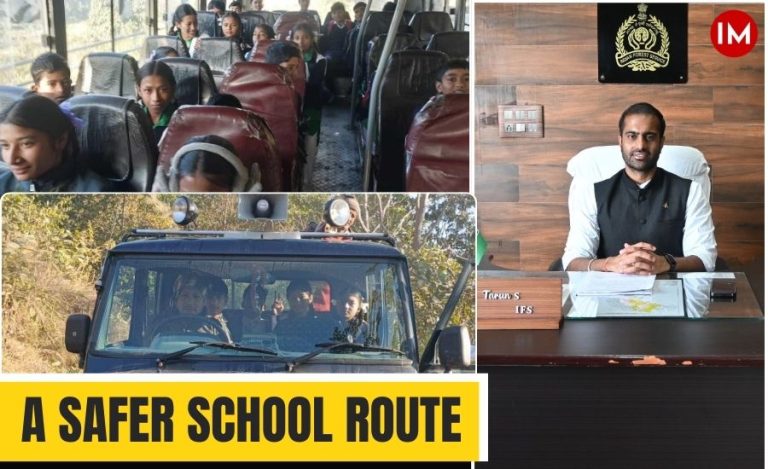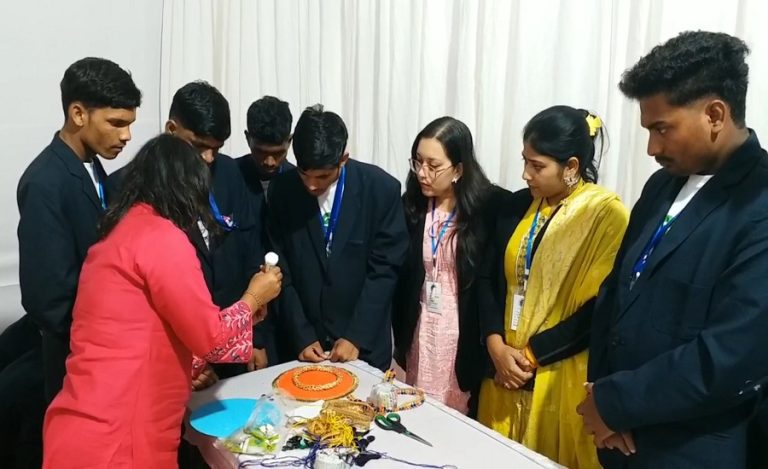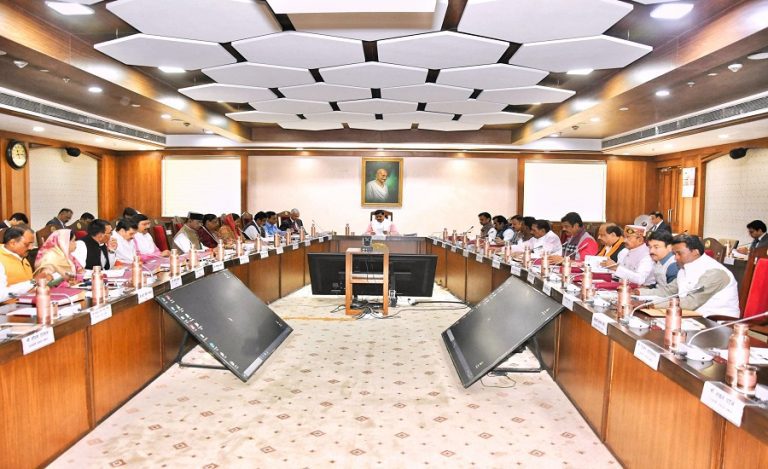In the golden light of a March morning in Sheopur, Madhya Pradesh, Jwala, a Namibian cheetah, stalked the edges of Kuno National Park with her four cubs. Hunger drove them beyond the park’s boundaries, where they targeted a calf grazing near farmland. But the hunt was interrupted by a storm of stones and sticks hurled by villagers. A viral video captured the chaos: the cheetahs, mid-chase, scattering as the crowd roared, their survival instinct clashing with human hostility. This happened to Jwala’s family twice during her journey out of Kuno.
This scene echoed a darker history 600 kilometers away in Pilibhit, Uttar Pradesh, where sugarcane fields once ran red with tiger blood. In 2019, a mob bludgeoned a tigress to death after she strayed from the reserve, her final moments etched into a grim viral video. Years later, little had changed. Villagers here still viewed tigers as “man-eaters,” their fear metastasizing into violence. When a male tiger wandered into a village and perched on a wall last year, villagers teased him incessantly till forest officials reached and tranquilized him.
Some time back a python had swallowed a fawn of a spotted deer in Uttar Pradesh’s Saharanpur. The villagers, like Sheopur, thrashed it with lathi sticks, forcing it to regurgitate and throw out its hard-earned food. This incident, amounting to disturbing the natural equilibrium, had ignited a debate then too, about the impact of human interference in forest and wildlife.
These incidents unravel a paradox: India’s celebrated conservation wins collide with grassroots indifference. Project Cheetah, hailed as a triumph for reintroducing the species after 70 years, now faces scrutiny. Villagers near Kuno, despite promises of compensation for livestock losses, see the cheetahs as threats, not symbols of ecological revival.
Jwala’s forays into Sheopur villages shouldn’t have shocked the villagers. Cheetahs like Veera, Vayu, Pawan, Aasha, and Agni have been venturing out of the forested area time and again only to be brought back into the forest either on their own or guided by forest officials or transported after getting tranquilised. Some of them have travelled as far as the Rajasthan and Uttar Pradesh borders.
But the videos of villagers pelting stones at the cheetah family trying to hunt down a calf to satiate their hunger indicates a disturbing trend. With a growing population of tigers, elephants, and cheetahs and shrinking habitat, wild animals have been increasingly venturing out of the forest, often straying into human habitations.
The forest department has been sensitizing people living around the protected forest areas about such incidents. State governments have also announced compensation for the cattle injured or lost in an attack by wild beasts. Yet, animals are being teased and attacked by humans, be it in Kerala, Uttar Pradesh, Rajasthan, or Madhya Pradesh.
Animals know no boundaries. Humans know. Animals only know the jungle law – survival of the fittest. The basic and most important rule for them is to hunt – and not be hunted – to fulfill their hunger. No beast attacks or kills other animals, including humans, on a full stomach unless it senses a threat to its own safety and security. Humans are different. They often kill for pleasure or even for money they get by selling animal body parts.
Social media is full of videos depicting wild animals being teased or attacked by humans. Tigers might be the king of the jungle, but their success rate is barely five percent, meaning they fail 95 times out of 100 attempts made to hunt down prey. Cheetahs have a slightly better success rate owing to their tendency to move and hunt in packs.
Kuno National Park’s core area is spread over 748 sq km, while its buffer zone covers an area of 487 sq km. The park houses 26 cheetahs, including 14 cubs born in India. Of these, 18 have already been released in the wild, although two have died so far. Each cheetah, as per wildlife experts, requires a 100 square km area.
Yet, hope flickers. Uttam Sharma, director of Project Cheetah, insists coexistence is possible: “Cheetahs don’t harm humans. People will adapt.” Lessons from the Sundarbans—rapid-response teams, solar fences—offer blueprints. But until empathy bridges the gap between policy and praxis, India’s wild spaces will remain battlegrounds, where fear and indifference eclipse the roar of conservation.
The stones hurled at Jwala and the sticks that felled Pilibhit’s tigers are not just acts of cruelty—they are mirrors reflecting our fractured relationship with the wild. The path to harmony demands more than radio collars and reserves; it requires rewriting the narrative of fear into one of shared survival.



